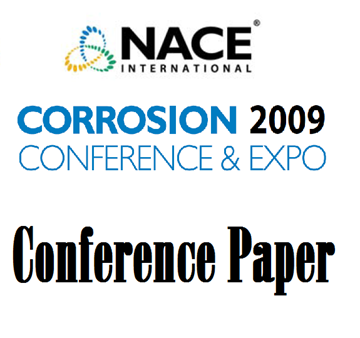Search
11097 Crevice Corrosion Induced SSC of 25Cr Tungsten Alloyed Super Duplex Stainless Steel Tubing Exposed to H2S/CO2Sour Environment
Also Purchased
11255 Pitting Corrosion Mechanisms of Lean Duplex, Duplex and Super Duplex Stainless Steels in Chloride Solutions
Product Number:
51300-11255-SG
ISBN:
2011 11255 CP
Publication Date:
2011
$20.00
09194 Evaluation of Crevice Corrosion Resistance of Duplex and Super Duplex Stainless Steels for Seawater Pumps
Product Number:
51300-09194-SG
ISBN:
09194 2009 CP
Publication Date:
2009
$20.00
09300 Stress Corrosion Cracking of Super Duplex Stainless Steels above and below Pitting Potentials
Product Number:
51300-09300-SG
ISBN:
09300 2009 CP
Publication Date:
2009
$20.00




